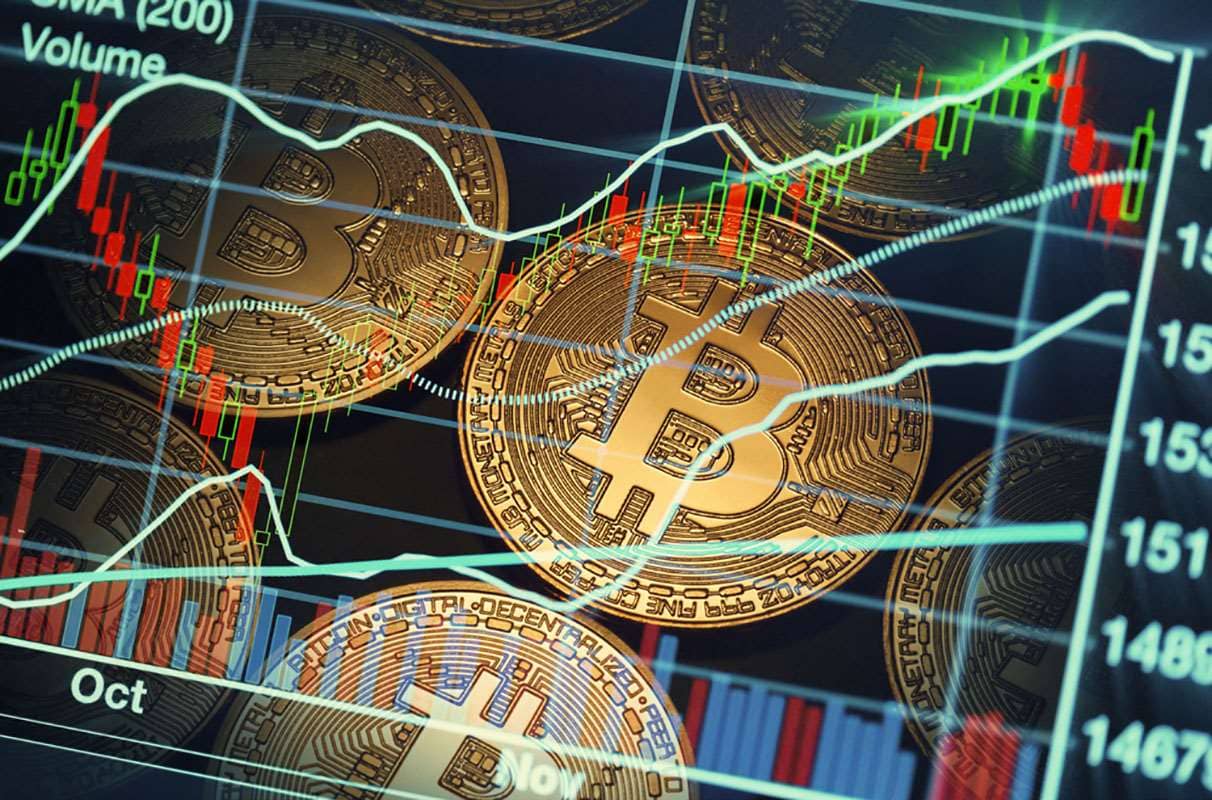Content
Staking refers to locking up your crypto for a defined or undefined period to get rewards . Staking is more straightforward and more accessible to novice traders and crypto enthusiasts. Process when crypto holders borrow their tokens to a decentralized exchange platform in return for rewards. Liquidity mining rewards go from fees that are collected from traders. To sum it up, it is evident that both yield farming and liquidity miners offer different methods for investing. The growing interest in crypto assets is unquestionably creating numerous new opportunities for investment.

The liquidity of funds is considered to be the vital element of the liquidity of the entire economic system. Compared to conventional industries, DeFi doesn’t possess a self-built capital pool that would grant stable liquidity. These tokens can be used to incentivize users to provide liquidity to a particular market, with the expectation that the token’s value will increase over time as the market becomes more liquid. So while there are benefits to liquidity mining, it’s important to be aware of all the risks before jumping into this type of investment. Hisham Khan comes from a decade-long background in managing and building robust and innovative financial and enterprise technology.
How to Buy Crypto with Metro Bank | Step-by-Step
In spite of a broader market rout, protocols focused on channeling liquidity are catching a healthy bid. Many projects launch their platforms in a rush and don’t spend more than a month on development. This is too little time dedicated to test, detect, https://xcritical.com/ and fix all possible vulnerabilities. Because of this, hackers can detect backdoors and simply withdraw all the funds at once. The platform benefits from a robust network of people, ranging from LPs and traders to designers and other intermediaries.

The majority of DeFi protocols run on the Ethereum blockchain, although other options are available. Overall, liquidity mining has the potential to be a powerful tool for exchanges and protocols looking to attract liquidity providers and build up active markets. Initially, UNI was distributed to users of the Uniswap platform through what is liquidity mining a liquidity mining program. People who provided liquidity to the platform were rewarded with UNI. The price of UNI reached an all-time high of around $45 shortly after it was launched, but now it’s only $5, which is a 90% decline from the all-time high. One significant investment strategy DeFi offered was Liquidity Mining.
DeFi explained [one more time]
When not charting, tweeting on CT, or researching Solana NFTs, he likes to read about psychology, InfoSec, and geopolitics.
Are you curious about what is an Automated Market Maker, how does it work?
What are liquidity Pools, liquidity Mining and Impermanent loss?[?]


No Comments to Yield Farming vs Liquidity Mining: What’s the Difference? so far. (RSS Feeds for comments in this post)
No one has commented so far, be the first one to comment!